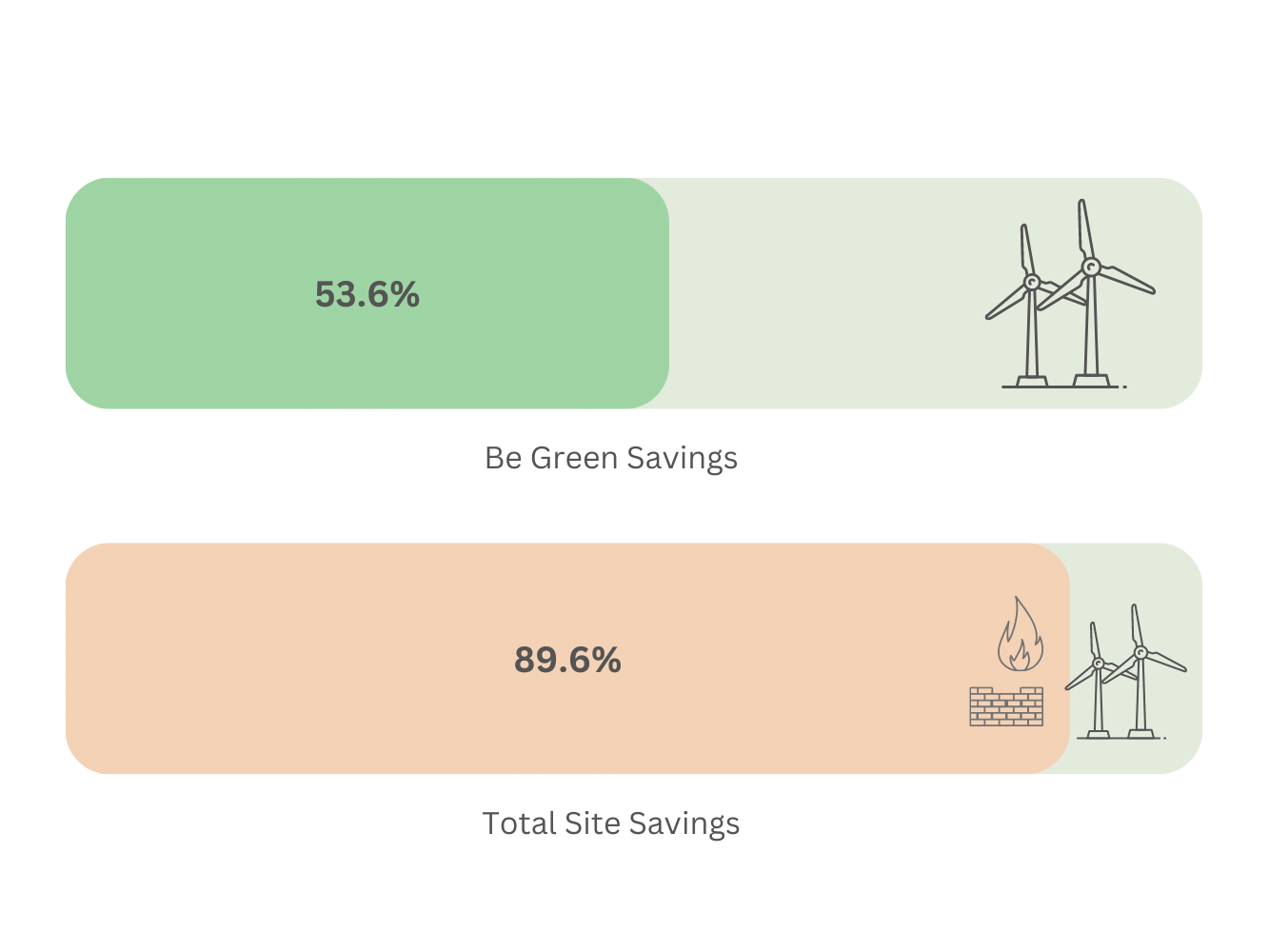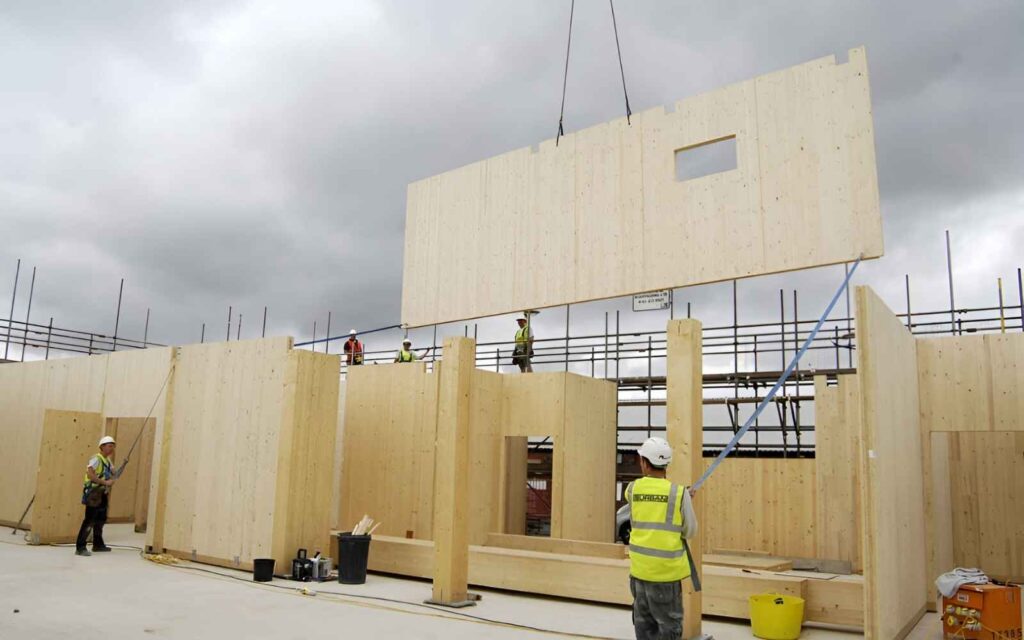Deprecated: mb_convert_encoding(): Handling HTML entities via mbstring is deprecated; use htmlspecialchars, htmlentities, or mb_encode_numericentity/mb_decode_numericentity instead in /vhost/k/k/m/kkmarchitects.com/staging/wp-content/plugins/kadence-blocks/includes/class-kadence-blocks-table-of-contents.php on line 427
Deprecated: Function utf8_decode() is deprecated in /vhost/k/k/m/kkmarchitects.com/staging/wp-content/plugins/kadence-blocks/includes/class-kadence-blocks-table-of-contents.php on line 435
Sustainability
We recognise the impact the construction industry will have on responding the climate emergency and put sustainability at the heart of everything we do. Encompassing environmental, social, and economic factors we recognise that architects have a duty to design for the future health of the people and of the planet.

PassivHaus
We have a pioneering approach to achieving PassivHaus accreditation. Whilst in its UK infancy we worked with European PassivHaus innovators to realise certified London based projects which set a precedent within the building industry. With an in-house PassivHaus Designer we have the expertise to advise and implement the PassivHaus approach from conception, maximising efficiencies through economies of form, function and orientation. We have employed the tools of PassivHaus to minimise operational energy consumption and restrict emissions, with the explicit purpose of achieving Net Zero Carbon

Zero Carbon
Our focus targets whole life carbon emissions and does not differentiate between net-zero construction and net-zero operation energy. We aspire to achieve both. Focusing first on embodied carbon we prioritise opportunities for re-use, refurbishment, conversion, and extension over new build.


Implementing low-carbon construction practices and using recycled, low-carbon, or long-lasting materials we concentrate on developing designs that not only curtail emissions, but also sequester carbon during construction. These practices also form our foundation for minimising day-to-day energy use in the function of a building over its lifespan.

Modern Methods of Construction
The process by which parts of a building are constructed off-site, using the same materials, same design codes and standards as conventionally built facilities – but in about half the time.
Modular systems and new building technologies are intensively researched and integrated into our building design from conception. Whilst not appropriate for all development MMC can significantly contribute towards achieving net-zero carbon and PassivHaus certification with increased surety of costs and end quality. We have the skills and experience of working with a cross section of MMC and off-site fabrication to guide our clients in the economic and environmental advantages of their implementation, ensuring that opportunities for effective and efficient delivery are never missed.
Health & Wellbeing
We aspire to create healthy, sustainable homes, places, and communities where people want to live.
We imagine people’s conception of the spaces we create, sensory experiences of natural lighting, openings and enclosures, views, thermal comfort, acoustics, and response to materials. Our designs are devised to encourage active integration and connectivity, with healthy outdoor spaces and places for exercise, balanced with comfortable and secure indoor homes. We recognise that the creation of common spaces for socialising are essential for building communities and that the conscious removal of barriers enhances connectivity.
Community
We are acutely aware of the impact that development can have on communities, and we strive to work with residents, businesses, and stakeholders to deliver proposals that are right for the location. Throughout all our projects we seek an open and collaborative approach, intended to empower local people, and ultimately capture support, even where proposals are contentious. Fundamentally the creation of buildings and places should positively respond to and reinforce local identity and character, providing tangible benefits to both future residents and the established community. It is our belief that good regeneration needs to be driven by the community.




Shifting Patterns
The benefits of low-carbon travel fused with high-quality digital connectivity provide the opportunity to match the balance of in-office work and working from home.
Facilitating intelligent commuting and integrating rewarding end-of-trip facilities reduces unnecessary travel, cutting personal carbon footprints whilst enhancing quality of life. High-quality public/private landscaping strategies assimilate development with the local communities, inviting use, connectivity, accessibly and inclusivity.
Economics
We seek to reduce environmental damage, help to mitigate the climate crisis, and improve human and social well-being.
We design in longevity through robust, low-maintenance projects with whole-life cost plans that incorporate embodied and in-use carbon, as well as overall running costs. These flexible, resilient developments retain their value long into the future and contribute to their local economies. Maximising passive gains at the least capital costs and addressing fuel poverty through predictively ultra-low energy bills are amongst many of the advantages a sustainable agenda can bring to the environment, the Client, and future residents.
